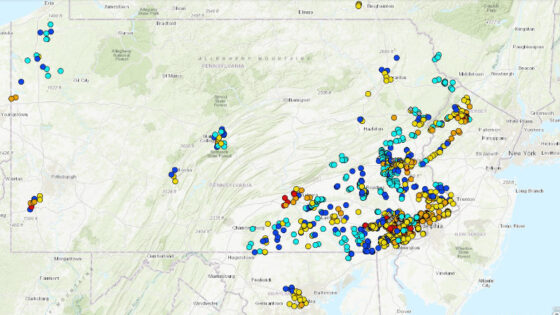Myers, D.T., D. Jones, D. Oviedo-Vargas, J.P. Schmit, D.L. Ficklin, and X. Zhang. 2024. Hydrology and Earth System Sciences 28(23): 5295–5310.
Permalink/DOI (Open access)
Abstract
Most readily available land use/land cover (LULC) data are developed using growing season remote sensing images often at annual time steps, but seasonal changes in remote sensing data can lead to inconsistencies in LULC classification, which could impact geospatial models based on LULC. We used the Dynamic World near-real-time global LULC dataset to compare how geospatial environmental models of water quality and hydrology respond to LULC estimated from growing vs. non-growing season data for temperate watersheds of the eastern United States. Non-growing season data resulted in LULC classifications that had more built area and less tree cover than growing season data due to seasonal impacts on classifications rather than actual LULC changes (e.g., quick construction or succession). In mixed-LULC watersheds, seasonal LULC classification inconsistencies could lead to differences in model outputs depending on the LULC season used, such as differences in watershed nitrogen yields simulated by the Soil and Water Assessment Tool. Within reason, using separate calibration for each season may compensate for these inconsistencies but lead to different model parameter optimizations. Our findings provide guidelines on the use of near-real-time and high-temporal-resolution LULC in geospatial models.



